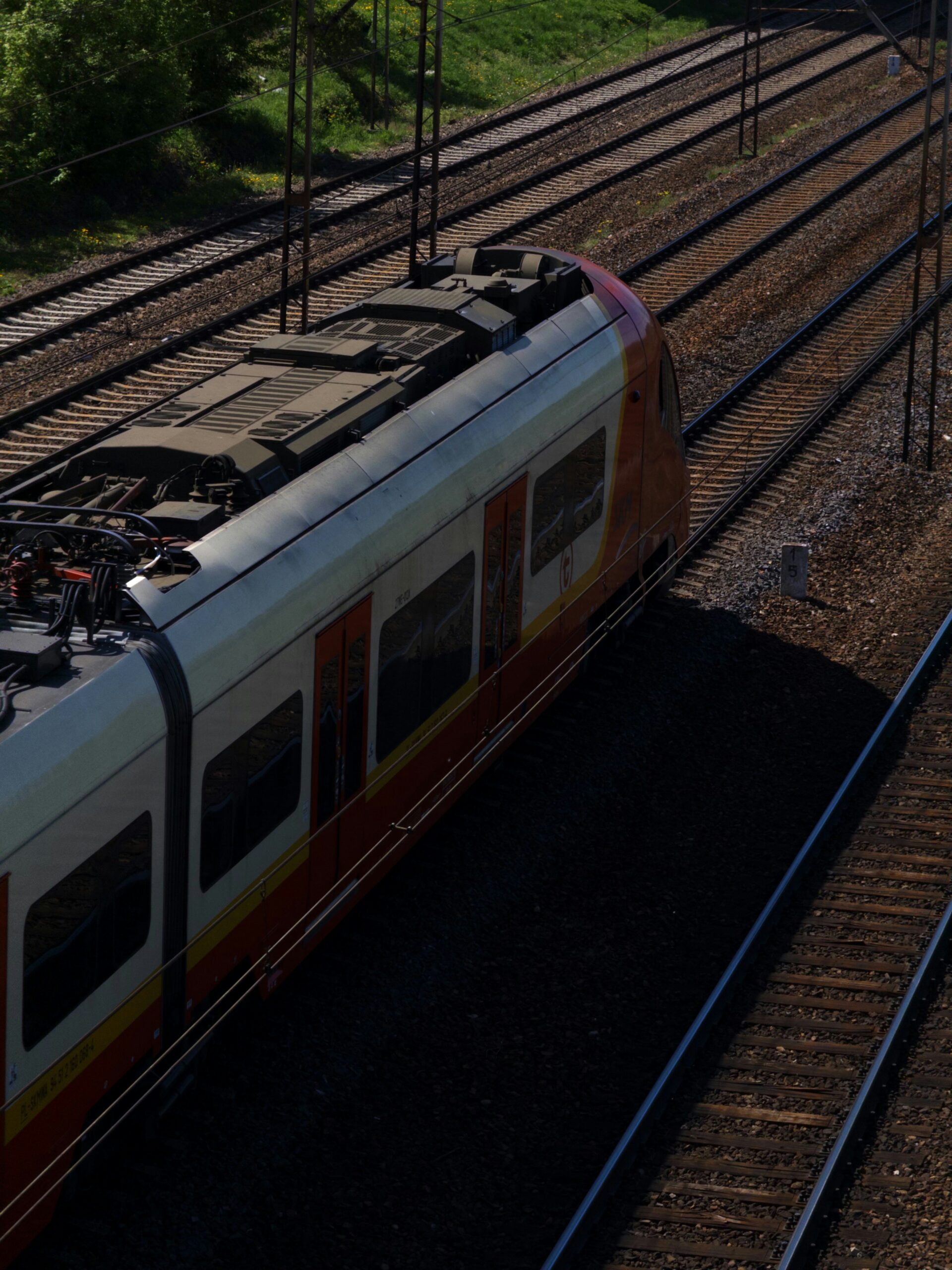A tragic collision of two trains in eastern Slovakia, near Jablonov nad Turnou, has been confirmed to have injured at least 66 people. The immediate news reports on this matter is focused on the grim count of the injured and the shocking footage of mangled wreckage, but the true focus should be on the failure point: How did this happen, and why are we satisfied with the bland official line that “the cause was under investigation”?
The stated location of the crash where tracks cross and turn into a single line is specifically mentioned. The simultaneous presence of two trains at this precise junction points to one of three failures, or perhaps a dangerous combination of all three:
Human Error: A dispatcher, conductor, or engineer failed to correctly read, communicate, or execute a switching or braking command.
Signaling Malfunction: A mechanical or electronic signaling failure gave conflicting or incorrect instructions, allowing both trains access to the single track.
Technological Obsolescence: The reliance on outdated or insufficient technology that lacks automated warning or stopping systems necessary to override human lapses at critical junctures.

Given the potential for fatalities, the Slovakian authorities cannot treat this as a localized incident. This crash near Eastern Slovakia exposes a national-level vulnerability that demands an urgent, transparent, and public investigation focused on preventing future catastrophes.
Why It Matters
The underlying issue facing Slovak Railways and many older European networks is the cost of modernizing railway infrastructure. The minimal savings achieved by delaying upgrades are dwarfed by the immense human and financial costs of a single major incident like this train derailment and collision.
The citizens have a part to play as well. They must demand that the investigation prioritize the assessment of the existing technology. Does the network utilise systems like ETCS (European Train Control System), which provides automatic train protection, monitoring speed and location, and applying the brakes if a human error occurs?
If not, the lack of such essential safeguards is not merely regrettable; it is a negligent oversight. In the 21st century, a single-track failure resulting from miscommunication is unacceptable when technology exists to prevent it. This accident should serve as a wake-up call that the investment required for automatic train protection is not an expense, but a fundamental public safety requirement.

















